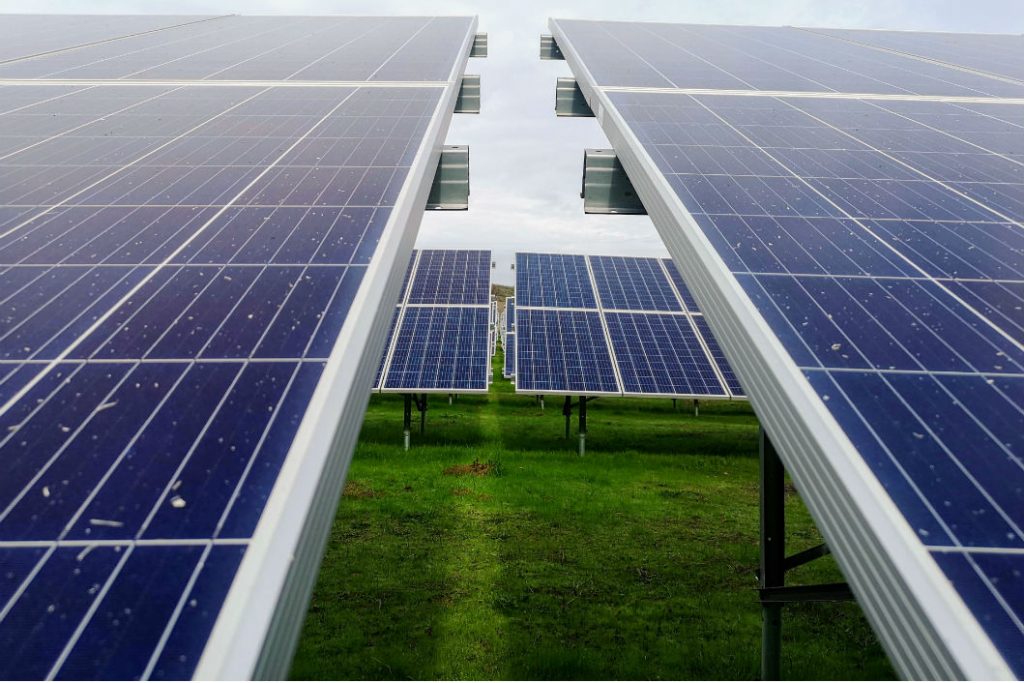FiT has finished: what next for small-scale renewables?
The Government’s Feed-in Tariff (FiT) scheme, which issued payments to small-scale generators of renewable energy, closed to new applications on 31st March.
During the nine years that FiT was running, businesses, homes and community groups participating in the scheme managed to generate enough electricity for two million homes. A spokesperson for the department of Business, Energy and Industrial Strategy (BEIS) told the Energy Advice Hub that FiT had “outstripped expectations”.
Smarter payments for generators
However, the Government decided in December to close the scheme because the fixed and flat-rate pricing mechanism for energy generation “does not align with the move towards fairer, cost-reflective pricing”. In January they began consulting on a more market-sensitive approach, to be called the Smart Export Guarantee (SEG).
The SEG was proposed as a way to support the small-scale generation of renewables while also encouraging efficient use of electricity through price signals and lowering costs for customers. The Government is aware that there are a multitude of possible ways to achieve this, so the consultation presented a number of options. It sought input from consumers, suppliers, trade associations and other interested parties as well as generators of small-scale renewables.
Hiatus period
However, the SEG consultation closed on 5th March and so far there has been no word on how exactly the new scheme will work or when it will come into force.
Any installation accredited under FiT before the 31st March deadline will continue to receive FiT payments under the existing terms and conditions, for up to 20 years. (25 years in some cases.) So installations that are already generating renewable energy won’t be impacted by the closure of FiT. But the uncertainty surrounding the incentives for new installations is a concern. Will it have a chilling effect on the willingness of business to invest in new renewables?
What can we expect from SEG?
Some aspects of SEG do seem unlikely to change from the initial proposals. For example, whereas FiT set a flat-rate export tariff, SEG will require suppliers to offer generators a price per kWh, in theory encouraging suppliers to competitively bid for electricity.
It also seems highly likely that SEG will make use of smart-meter technology to measure the actual amount of electricity exported and pay generators accordingly, whereas FiT worked by assuming that small-scale generators export half of what they produce and paying them accordingly. All commercial properties in the UK have already been offered a smart meter. This is in keeping with the move towards an energy market that is more sensitive to market forces.
Option 0: “Do nothing”
However, there is the (admittedly remote) possibility that the Government will decide to leave everything entirely to the market and not introduce a replacement for FiT at all. The original Impact Assessment for SEG gave Option 0 as “Do nothing”. This is the counterfactual against which the policy options are compared. The Impact Assessment judges that if FiT closes from March 2019 and isn’t replaced with anything at all, “the net costs and benefits of this option are zero”.
We asked BEIS if the “Do nothing” option is actually on the table. They didn’t answer directly, but told us: “We are already starting to see the market offer tariffs for small-scale generators who wish to export their renewable electricity. We are currently aware of several export tariffs either being trialled or on offer.” In other words, the market is already beginning to fill the gap left by the absence of a Government incentive scheme.
It is likely that we will see more suppliers launching their own schemes to financially reward generators for exporting energy to the grid. This creates an incentive for customers to install small-scale renewable technologies while the SEG is still in limbo.
The falling cost of solar is another market-driven incentive to create new renewables. 99% of installations currently supported by FiT are solar photovoltaic cells, whose costs have fallen by 80% since 2008.
Complexity
However, some critics feel that making the small-scale renewables sector more market-driven won’t help or encourage generators. When the SEG proposals were first published, shadow business secretary Rebecca Long-Bailey commented: “Rather than a simple flat payment for energy exported to the grid, the Government is proposing a hugely complex market mechanism in which large energy companies – notorious for overcharging consumers billions of pounds – can offer whatever sum they deem fit to households.”
We can’t assess how the Smart Export Guarantee will affect businesses until we find out exactly how it will work – and whether it will be implemented at all. We asked BEIS when we can expect to learn the outcome of the consultation. They replied: “Government is analysing responses and we aim to provide a response in due course, and to minimise any hiatus for the sector.”

